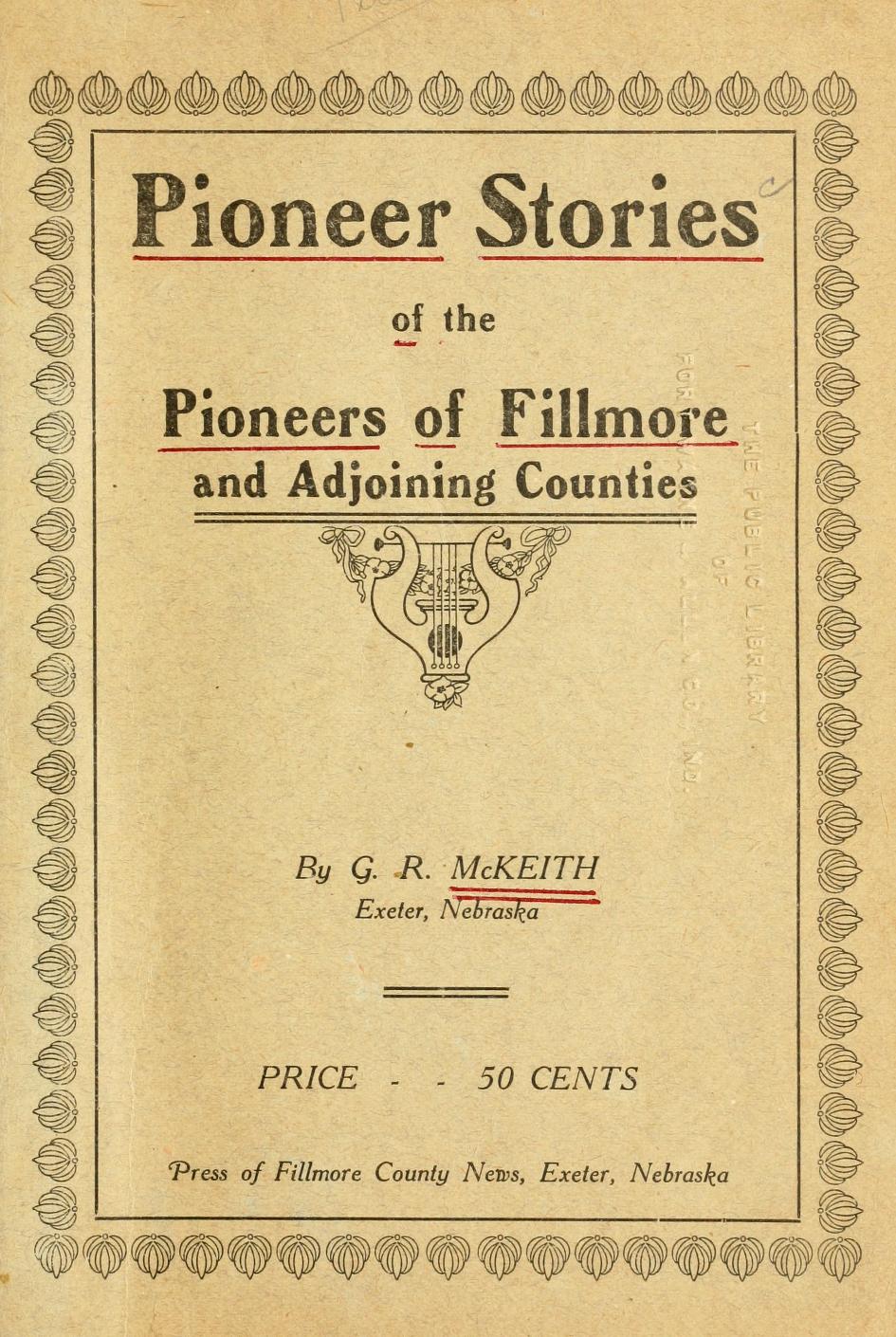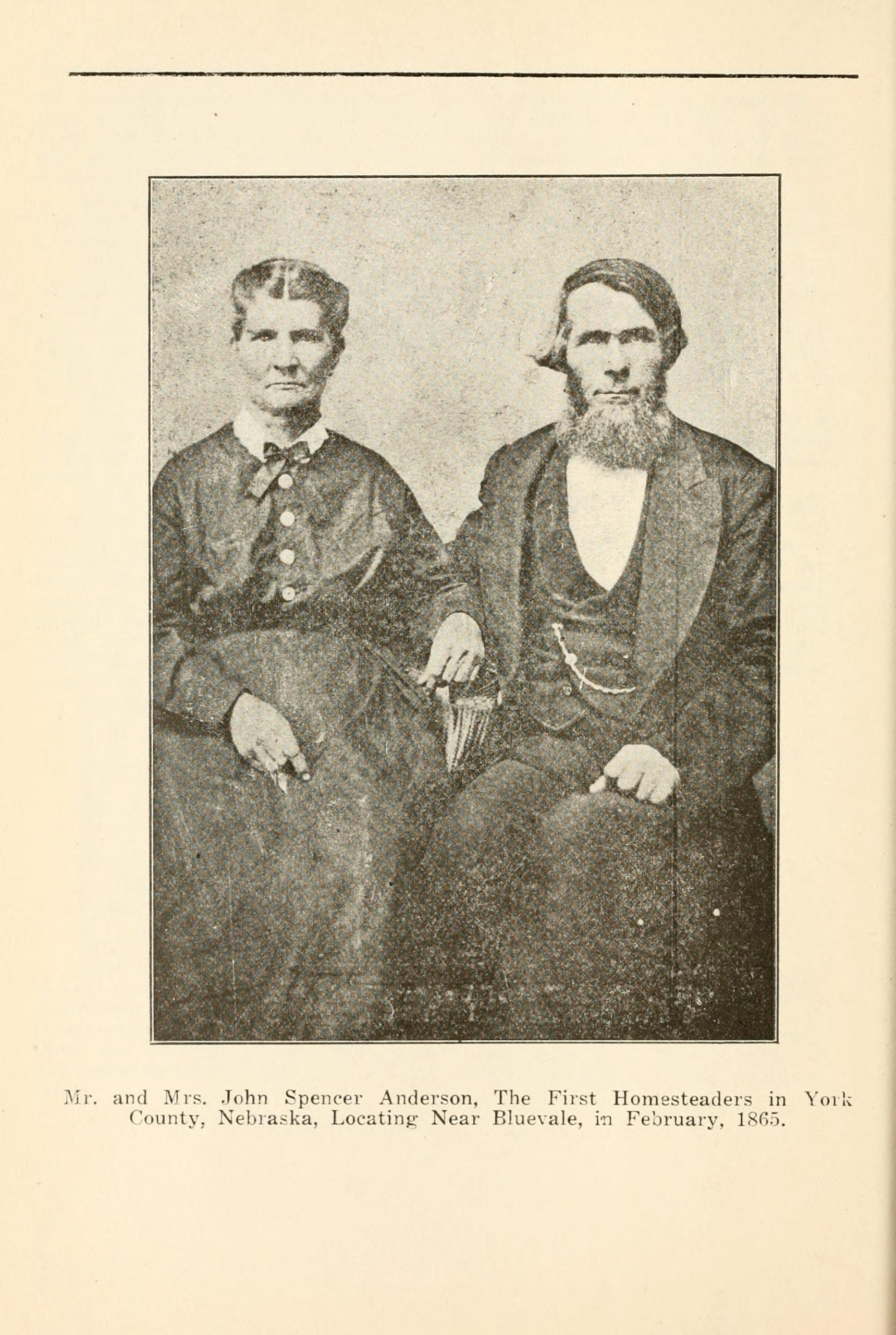L. T. Mead of Fillmore County
L. T. Mead, from Fort Branch, Indiana, moved to Nebraska in March 1870 with his wife and son, later joined by their two daughters. Initially working as a wagonwright in Lincoln, he secured a homestead in March 1871 on the southeast quarter of Section 4, Town 8, Range 1. Their first house was a small, 18-foot-square wooden room, often hosting passing travelers. Despite harsh winters, including one where their cow’s mouth froze, they persevered. Mead built a sod workshop and did wagon repairs. After eleven years, they moved to Exeter, where Mead passed away in 1901 and his wife in 1913. Both were active in local churches and traced their genealogies to notable historical figures.


